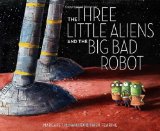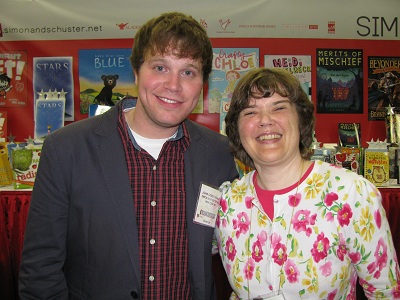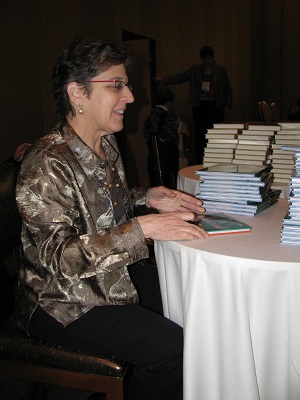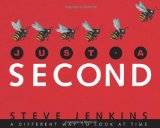Sonderling Sunday – Chapter 9 – Yet More Silliness
It’s time for Sonderling Sunday! That’s the post where we take a Sonderfahrt, a special trip, through the pages of Der Orden der Seltsamen Sonderlinge, the German translation of James Kennedy‘s The Order of Odd-Fish, and glean from it a collection of delightfully useless German phrases.
You do not have to speak German to enjoy Sonderling Sunday. You should be able to enjoy the sounds of the language and the alternate way of thinking of things.
You do not need to have read The Order of Odd-Fish. I will not include spoilers, but I do hope that the phrases selected will intrigue readers enough that they will decide to get a copy of the book and read it.
The point? To be pointless! This seems delightfully in keeping with a book about an order that prides itself on researching an Appendix of unreliable and useless information.
We left off on page 90 of The Order of Odd-Fish and Seite 115 of Der Orden der Seltsamen Sonderlinge.
The first interesting translation that catches my eye is the imaginary country of the “Glovians” is translated die Handschuträger (“the glove carriers”)
Going on, some interesting words:
“slippery” = glitschig
“unexpectedly light-headed” = überraschenderweise schwindlig (“surprisingly dizzy”)
“backyard” = Hinterhof
“blueprints” = Blaupausen
“outsiders” = Au?enstehenden (“out standers”)
“unassuming” = unauffälligen
“disbanded” = Gerichtsverfahren (“legal proceedings”)
“It had a nice ring.” = Es klang irgendwie hübsch.
I like all the alliteration in the German sentence here:
“What manner of world were we passing on to them?” = Welche Welt würden wir ihnen hinterlassen?
“inconveniences” = unliebsame Vorkommnisse (Note: A couple of sentences ago, “inconvenience” was translated Ärgernis, so I suspect this translation is for variety. It literally means “unwelcome events.”)
“feed it to a walrus” = verfüttert es an ein Walross (There! Didn’t you want to know how to say that?)
“marvelously irksome” = bewundernswert ärgerlich (“wonders-worth annoying”)
“exquisitely obnoxious” = ausgesprochen nervenaufreibend ärgerliche (“very nerve-wracking annoying”)
“It annoys with panache.” = Es verärgert mit Verve.
“spluttered” = platzte
“you took an oath” = haben Sie einen Eid geleistet
“trombones, drums, violins” = Posaunen, Trommeln, Geigen
“greasy sheet music” = fettiges Notenblatt
“I’d’ve tied his arms and legs in a knot and used him as a tuffet!” = Ich hätte seine Arme und Beine zu einem Knoten gebunden und ihn als Muff benutzt!
“I’d’ve swung him around by his hair until I took off like a helicopter” = Ich hätte ihn an seinen Haaren herumgeschleudert, bis ich wie ein Helikopter in die Luft gestiegen wäre
“deflate” = zusammenzusinken (“together to sink”)
“blithering like a madman” = herumzuschreien wie ein Verrückter
“we butlers are run off our feet” = wir Butler haben uns Fü?e wundgelaufen
“curled up” = zusammengerollt (“together rolled”)
“orchestra of cockroaches” = Kakerlakenorchesters (I wonder if that word has ever been used before?)
“doze” = Schläfchen
“flailing limbs” = herumfliegenden Gliedma?en
“whirled away in the shouting, stomping throng” = von der grölenden, stampfenden Meute weggerissen
“clumsy and exhilarated” = ungeschickt und berauscht
“were smashed” = zerbarsten
“unchallenged” = unbehelligt
“ungainly” = ungelenker
“unruly” = ungebärdigen
“quietly filed out” = verlie?en ruhig im Gänsemarsch (“left quietly in goose-step”)
So, many of those phrases klang irgendwie hübsch, don’t you think? I find I’m not stopping as often, since I understood more of the sentences, so perhaps I’ll finish the book sometime in the next decade after all!
Now, which of these phrases can you work into everyday conversation in the next week or so? I’m going to try überraschenderweise schwindlig or perhaps zusammenzusinken.
And let me leave you with this thought: Welche Welt würden wir ihnen hinterlassen?











